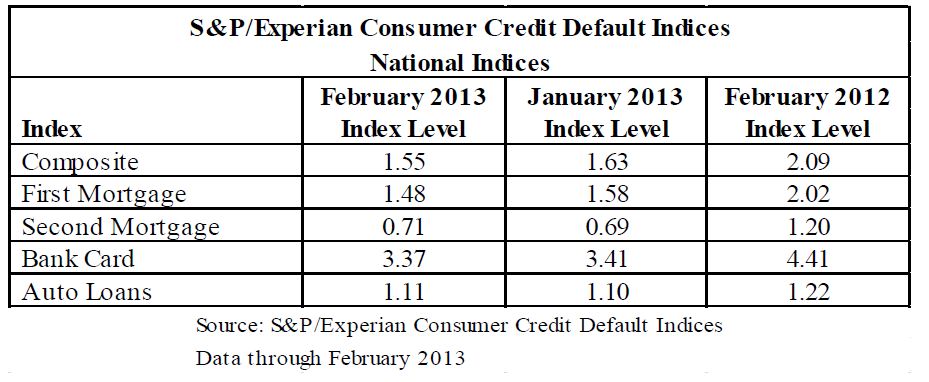The Wall Street Journal recently urged its readers to “Beware of Index Funds That Aren’t” (http://on.wsj.com/Xycv7P). If some soi-disant index funds “aren’t,” which ones “are” — or, at the most basic level, what is an index?
A good working definition of an index is this: an index is a portfolio in which constituent and weighting changes are not motivated by alpha-seeking. (Read “alpha” as excess or above-average return.) The contrast with active management is clear; the manager of an active portfolio typically only makes changes that are motivated by alpha-seeking. If not alpha, what objectives might drive the managers of index portfolios? Historically we can identify three stages of index evolution:
- Asset class replication. A good example here is the S&P 500, which aims to represent the U.S. equity market.
- Subsets and extensions of basic asset class replication. Examples would include the S&P MidCap 400 or Small Cap 600, as well as sector and style (growth and value) indices.
- Factor or strategy indices — e.g., the S&P 500 Low Volatility Index or the Dow Jones Select Dividend Index. The distinctive quality of factor indices is that they aim to deliver a particular pattern of returns — in our examples, a pattern characterized by less volatility or higher yield.
It’s this last category whose bona fides the Journal seemed to question, and admittedly the line between active and passive here is a bit more gray. (See, e.g., http://us.spindices.com/documents/research/research-the-limits-of-history.pdf.) But well-constructed factor indices can provide defined patterns of return without requiring the payment of active management fees. This makes them a valuable addition to any passive investor’s toolkit.
The posts on this blog are opinions, not advice. Please read our Disclaimers.










































